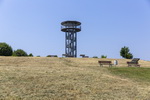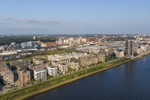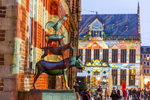We came here because found a city with a funny name on the map. As it turned out, no one knows exactly where the name came from, and it's not officially a separate city now, but a district of Bremen. The period from 1618 to 1623, when the first artificial river port in Germany was built here by the Bremen Council, can be considered the moment of the city's foundation. However, by the end of the 18th century, due to the siltation of the Weser River, large ships could no longer use it. With the incorporation of Bremen in 1803, the situation improved. At the beginning of the 20th century, Vegesack was even home to Europe's largest herring harvesting fleet.
I can't say that the city is particularly touristy, but we took a stroll along the waterfront, as well as along Weserstraße, where the historic captain's houses have been preserved.

Vegesack ©Yurii Buriak

Vegesack ©Yurii Buriak

Vegesack ©Yurii Buriak

Vegesack ©Yurii Buriak

Vegesack ©Yurii Buriak

Vegesack ©Yurii Buriak

Vegesack ©Yurii Buriak

Vegesack ©Yurii Buriak

Vegesack ©Yurii Buriak

Vegesack ©Yurii Buriak

Vegesack ©Yurii Buriak

Vegesack ©Yurii Buriak

Vegesack ©Yurii Buriak
Getting there: parking lot
53.168222, 8.623583. There is a train station Bremen-Vegesack.
















